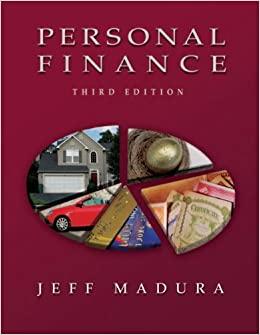Question
(MT)Company has approached you for advice on its capital structure. MT has $200 million of 15-year bonds (paying interest semiannually) with a stated coupon rate
(MT)Company has approached you for advice on its capital structure.
- MT has $200 million of 15-year bonds (paying interest semiannually) with a stated coupon rate of 5.34 percent p.a. The company has a BB credit rating. Companies with similar credit ratings are currently paying a premium of 275 basis points (2.75%) above the yield on U.S. Treasury bonds (i.e., the risk-free rate), currently yielding 1.50 percent p.a. The company faces a marginal tax rate of 22 percent.
- MT has $100 million of 5-year convertible bonds (paying interest semiannually) with a stated coupon rate of 2.0 percent p.a. Current market yields on 5-year straight bonds for other companies with BB credit ratings is 3.54 percent p.a. The convertible bonds were recently trading at $1,100 per $1,000 bond in the OTC market.
- In its financial statements MT reports operating leases outstanding with obligations averaging $20 million per year over the next 9 years.
- MT has 1,530,000 shares of $100 par value preferred stock outstanding paying a fixed dividend of $4.25 per share. If publicly traded, the stock would likely be valued at $91.50 per share.
- The total book value of the companys common equity is $1,000 million with 45 million shares of common stock outstanding. The companys stock is not publicly traded but data from comparable companies showed an average beta of 1.43 and these companies had an average debt-equity ratio of 0.74 and paid an average tax rate of 25 percent. MT believes its own cost of equity could be found using a leveraged beta based on the total book value weights of the companys straight debt, its convertible debt, listed solely as debt on the balance sheet, its operating leases, and its equity. In calculating total equity, please include the sum of the common equity and the preferred stock but disregard the stock options. The company just paid a dividend (D0) of $2.57 per share of stock and future dividends are expected to grow at a rate of 2 percent per year indefinitely. The risk-free rate (i.e., current yield on 10-year U.S. Treasury bonds is 1.50 percent p.a.) and the expected return on the S&P 500 is 8.55 percent p.a.
- Managers and employees of the company currently hold options on 15 million shares of common stock; the options are currently valued at $4.20 per share.
1. MT is evaluating a new investment project. The project will cost $9,000,000 and is expected to generate annual after-tax operating cash flows of $1,635,000 per year for seven years plus an after-tax salvage value of $938,000 at the end of year 7. Calculate the expected NPV for this project first using the book value WACC determined and then again using the market value WACC found in part 1e. What do your results say about the importance of determining an accurate cost of capital or hurdle rate when evaluating new capital investment projects?
Step by Step Solution
There are 3 Steps involved in it
Step: 1

Get Instant Access to Expert-Tailored Solutions
See step-by-step solutions with expert insights and AI powered tools for academic success
Step: 2

Step: 3

Ace Your Homework with AI
Get the answers you need in no time with our AI-driven, step-by-step assistance
Get Started


